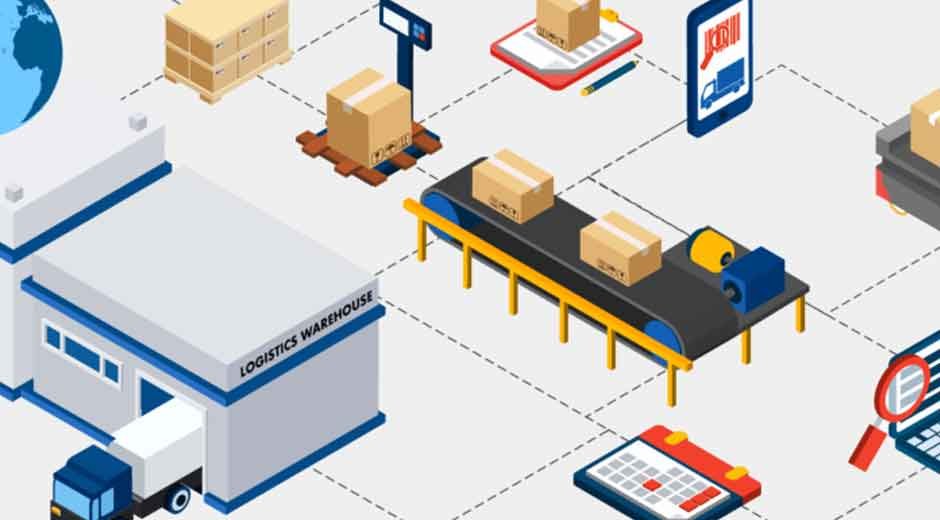Modern supply chains face growing pressure to respond quickly and adapt to shifting conditions. Changes in consumer expectations, technological innovation, and international sourcing strategies have pushed logistics networks to become more agile. To keep pace, many organisations reassess their operational models and explore external partnerships that support greater efficiency and flexibility.
In this context, 3pl logistics has emerged as a resource that supports adaptable logistics operations. These providers help manage core functions such as transportation, warehousing, and inventory distribution. By working with experienced logistics companies, organisations can maintain continuity while responding to change. This arrangement can suit companies navigating growth, seasonality, or market expansion.
Supporting Flexibility Through External Infrastructure
Maintaining a flexible supply chain requires access to the proper infrastructure at the right time. In-house systems may meet steady demand but can be limited in scaling quickly or handling regional variations. Service providers often have networks and resources that are already designed for scalability. These networks can support fluctuations in order volume or expand services across different geographic areas.
Access to broader infrastructure allows for adjustments without restructuring existing operations. Facilities, staff, and transport capacity can be accessed when needed and scaled down when demand lowers. This approach is beneficial during unpredictable periods where planning is complex. Businesses are better positioned to adapt their logistics processes without significant internal changes.
Enhancing Speed Through Coordination and Technology
Speed of delivery is often influenced by how well different parts of the supply chain work together. Coordinated storage, shipping, and distribution efforts can reduce delays and improve consistency. Third-party providers commonly use systems that support efficient coordination, including routing software and inventory tracking. These tools provide movement visibility and help streamline decisions across supply chain points.
Technology plays a central role in minimising delays. Automated inventory systems, digital records, and cloud-based dashboards help synchronise operations. These tools reduce manual processes and assist in accurately managing orders. Improved coordination across systems contributes to faster response times and reduced delivery cycles.
Operational Considerations for Long-Term Planning
Working with external logistics partners involves decisions about scope, service levels, and integration. Each supply chain has different needs, including specific storage conditions, transportation timelines, and documentation processes. The right partner will typically offer flexible options to align with those requirements. Establishing clear expectations at the start helps ensure that operations run smoothly.
Another consideration is system compatibility. Aligning data and communication systems across organisations can simplify tracking and reporting. This allows better visibility across orders and inventory and can help identify areas for improvement. Over time, better data also supports forecasting and strategic planning. Supply chains benefit when processes are transparent and coordinated.
Applications Across Different Sectors
External logistics support is used across a range of industries with varying needs. Retail and e-commerce companies may prioritise order fulfilment and fast delivery. Manufacturers may rely on timed shipments and reliable inbound material flows. Each sector values consistency and the ability to scale services as needed.
Handling and storage requirements may vary in regulated or specialised industries, such as food or healthcare. Providers with experience in those areas typically offer services aligned with those needs. Third-party providers can contribute to steady and organised distribution, whether managing delicate goods or large product volumes. Their role fits into broader supply chain strategies built around reliability and responsiveness.
Reshaping supply chains is often a process of gradual improvement and careful adaptation. Incorporating 3pl logistics as part of that process can support greater operational flexibility and allow businesses to adapt without restructuring internally. The value lies in creating a supply chain that can respond to shifts while maintaining performance and continuity. In response to changing industry needs, the ability to adjust supply chain strategies will remain important. External logistics support allows for building adaptable systems operating efficiently through steady and shifting demand.










